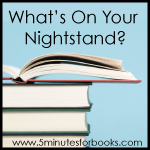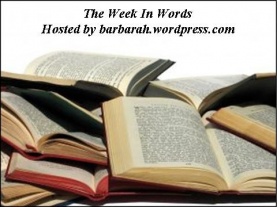It’s a rare day that I put down a book after the requisite 50 pages because I no longer want to keep reading. (I’ve done that with maybe a handful of books.)
It’s an even rarer day that I put down a book that I want to keep reading but that I mustn’t keep reading.
Yet this is what I have done with The Garden of Eden
This is the story of a young writer and his new bride, on their honeymoon in the French Riveria. It’s written with Hemingway’s typical terse prose. From the beginning, the interpersonal dynamics between the girl and the writer are fascinating–all the more fascinating by the way Hemingway tells his stories.
Unfortunately, the story starts off with quite a bit of sex (not surprising for a honeymooning couple–or for Hemingway)–and denigrates further as the story progresses.
First the girl cuts her hair like that of a boy.
Then she wants to be more experimental in the bedroom. (Given Hemingway’s somehow less-than-graphic prose in this segment I made it past this part.)
But when she starts taking on with a girl she meets–and when she practically orders her husband to sleep with the other girl–and when I realized that what was coming next was that she too would be sleeping with the other girl–
I knew I had to close the book.
Writing it out like this, so cold on my computer screen, it’s hard to believe that the story thus far was as engaging as it actually is.
It’s a perverted, immoral tale.
So why did I want to keep reading?
I wanted to keep reading because Hemingway truly is a master of his art, and he is tremendously masterful in this particular story.
The writer intrigued me and puzzled me. He very clearly had no desire to be involved in what his wife was drawing him into. He was uncomfortable with it from the first. Yet time after time, he accedes to her wishes. He tells her he likes her hair when he doesn’t. He cuts his hair in the same style as hers. He kisses the other girl.
Why?
Why does he continue this wicked little game?
I won’t ever know. I don’t need to know.
Yet I feel somewhat like Digory Kirke, standing by the bell and wanting so much to ring it.
Thankfully, the book was due back to the library the day I decided, so the temptation to read the rest will subside with the opportunity to do so less accessible–and I will not live to regret having rung a bell that could not be unrung.
This “review” is somewhat unusual among my reviews in not having a summary statement at the end. I feel it unnecessary to rate or provide a short synopsis of this title. On the other hand, I do feel it valuable to give my recommendation: don’t go near this particular bell. And if you find yourself hearing the warning of the Holy Spirit, as I did, over a book you’re reading–please put it down. The paradise this world offers is but a pale imitation, a twisted shadow, a tormented image of the Paradise God offers. Let the vision of the One cause you to turn your eyes from every deformed other.









